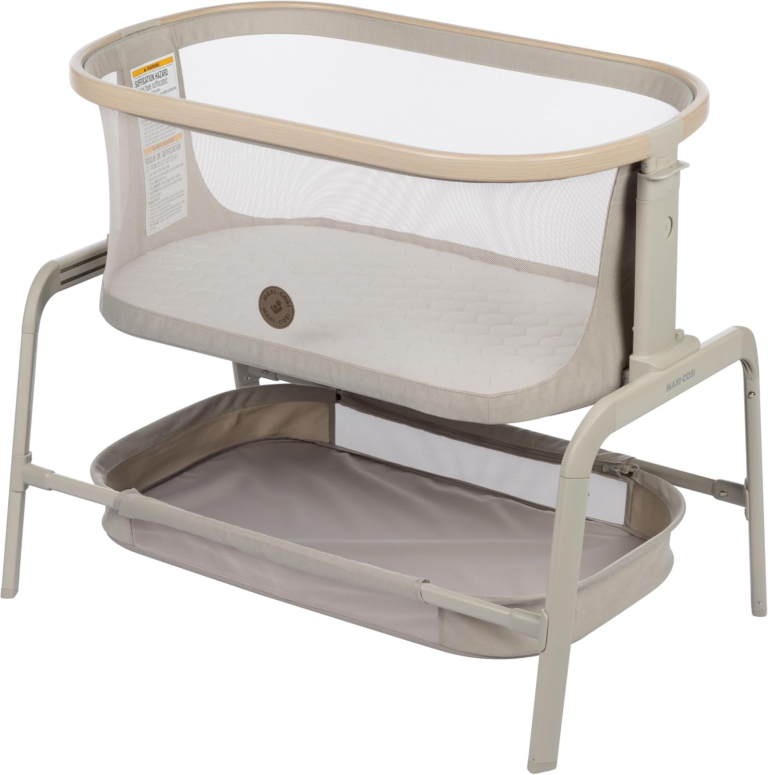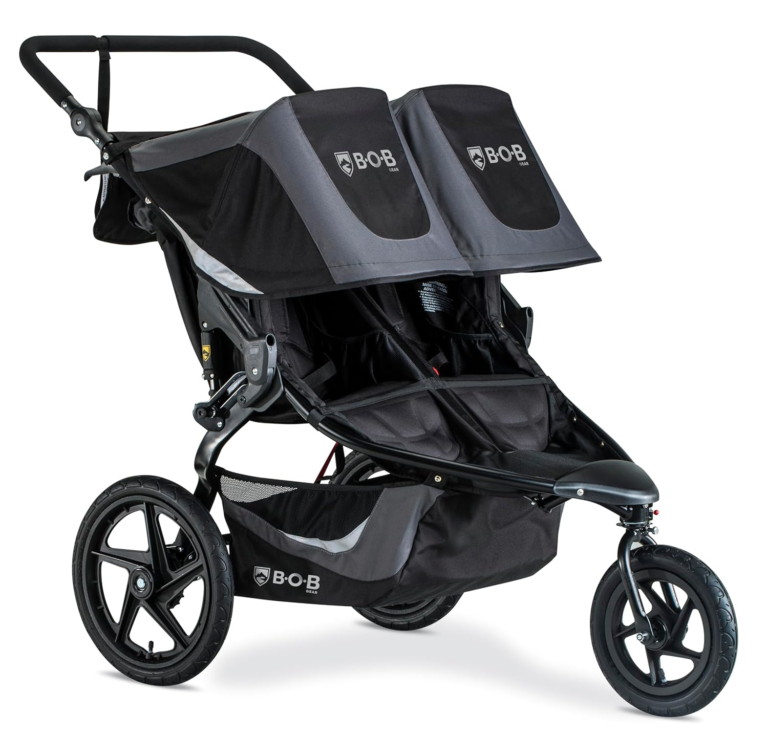What Causes an Earthquake?
An earthquake is a sudden and violent shaking of the ground, which often causes widespread damage and loss of life. Earthquakes occur due to the release of energy stored in the Earth’s crust, but the specific causes can be traced back to natural processes deep within the planet.
Here’s a breakdown of what causes an earthquake:
1. Tectonic Plate Movements
The most common cause of earthquakes is the movement of tectonic plates. The Earth’s crust is divided into several large and small pieces known as tectonic plates. These plates float on the semi-fluid layer beneath them called the mantle. As these plates move, they interact in various ways:
- Convergent Boundaries: This occurs when two plates collide, leading to one plate being forced under the other in a process known as subduction. The immense pressure built up at the boundary can cause the earth to shake when the pressure is suddenly released.
- Divergent Boundaries: Here, two plates are moving apart, and magma rises from below the Earth’s crust to fill the gap. As the crust stretches and thins, earthquakes can occur along faults or fractures that develop in the crust.
- Transform Boundaries: At transform boundaries, two plates slide past each other horizontally. The friction between the plates can prevent them from sliding smoothly, causing stress to build up over time. When the stress is too great, it is released suddenly in the form of an earthquake.
These plate movements occur slowly over millions of years, but the energy that builds up during this time is often released in just seconds or minutes, causing the shaking we feel as an earthquake.
2. Faults
Faults are fractures in the Earth’s crust where two blocks of the Earth’s surface have moved relative to each other. The movement along faults can occur horizontally, vertically, or obliquely, and when the pressure from the plates’ movement overcomes the friction holding the fault in place, it causes an earthquake. Faults are typically categorized into three types based on the direction of movement:
- Normal Faults: Occur when the crust is being pulled apart, causing one block to drop relative to the other.
- Reverse (Thrust) Faults: Form when the crust is compressed, causing one block to push up over the other.
- Strike-Slip Faults: Occur when two blocks of the Earth’s crust slide horizontally past each other.
Most earthquakes occur along these faults, and the energy released during the rupture travels through the Earth in the form of seismic waves.
3. Volcanic Activity
Volcanic eruptions are another cause of earthquakes. As magma moves beneath the Earth’s surface, it can cause the surrounding rock to crack and break, leading to small earthquakes known as volcanic tremors. These are often seen as foreshocks to a volcanic eruption, as the magma forces its way toward the surface.
While not all volcanic activity triggers large earthquakes, the process of magma movement can significantly contribute to seismic activity in volcanic regions.
4. Human Activities
Human activities, especially those that involve large-scale changes to the Earth’s surface or subsurface, can also induce earthquakes. Some of the most common human-induced causes include:
- Mining: The extraction of minerals from deep within the Earth can cause the surrounding rock to destabilize, sometimes triggering an earthquake.
- Reservoir-Induced Seismicity: Large reservoirs created by dams can alter the stress on the Earth’s crust, potentially causing earthquakes. The weight of the water and the infiltration of water into rock layers can increase pressure along faults.
- Hydraulic Fracturing (Fracking): The injection of fluid into deep rock layers during fracking can induce small earthquakes, especially when the fluid forces open existing fractures.
- Geothermal Energy Production: Similar to fracking, the extraction of geothermal energy from deep within the Earth can sometimes trigger seismic events, although these are typically smaller in magnitude.
5. Other Causes
There are a few less common causes of earthquakes that can still result in significant shaking:
- Landslides: Large landslides, especially under the ocean, can trigger underwater earthquakes or tsunamis. The sudden shift in mass can displace water and produce seismic waves.
- Isostatic Rebound: When heavy ice sheets that have been pressing down on the Earth’s crust melt, the crust begins to rise in a process called isostatic rebound. As the land lifts, it can create small earthquakes.
Conclusion
Earthquakes are a natural part of the Earth’s dynamic system. The most significant cause of earthquakes is the movement of tectonic plates, but volcanic activity, faults, and even human activity can also trigger seismic events. Understanding the causes of earthquakes helps us better predict and prepare for their effects, although the unpredictable nature of earthquakes remains a significant challenge for scientists and communities alike.
- Best Baby ShoesBest Baby Shoes in the Market TodayChoosing the perfect baby shoes is an essential task for new parents
- The 8 Best Hair Clippers for MenFinding the best hair clippers for men in late 2025 depends on your needs: professional-grade power for fades
- The 10 Best Baby Bassinets Bedside CribsBest Baby Bassinets and Bedside Cribs for 2025 Selecting the right bassinet or bedside crib is crucial for
- The 7 Best Baby StrollersChoosing the best baby stroller depends on your lifestyle—whether you’re navigating city streets, hitting trails, traveling frequently, or
- The 7 Best Baby CarriersWhat Experts & Reviews Say Matters (so you can choose better) 1. WildBird – Aerial Buckle Carrier 4.6


